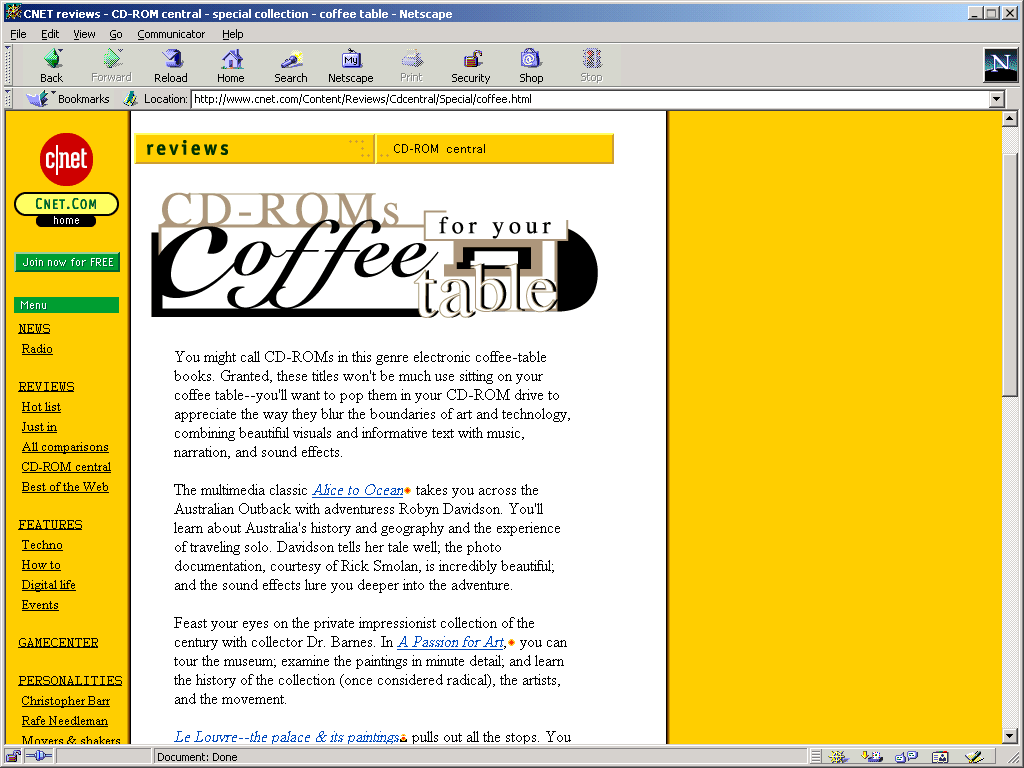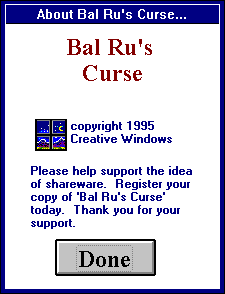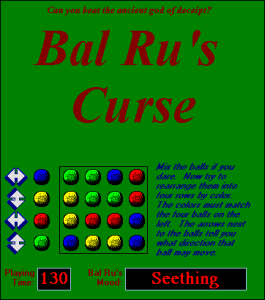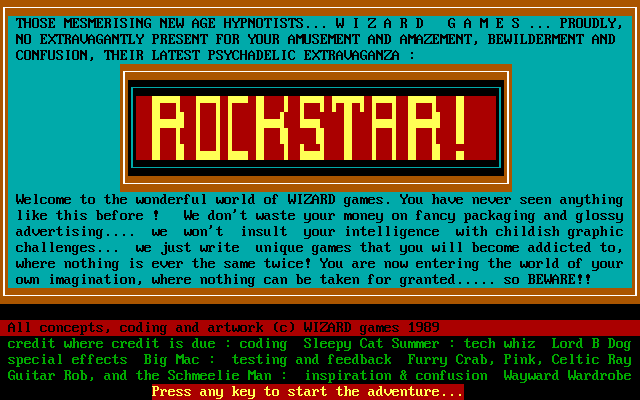
During some Obscuritory-related research, I happened across CD-ROM Central, an old 1990s CNET consumer guide for CD-ROMs. The site is overflowing with discussion about the medium, especially for ignored software and reference titles. Here, a Dom DeLuise interactive digital cookbook has equal footing with a juggernaut like SimCity 2000, and the reviews benefit from how earnestly they treat all the material.
CD-ROM Central also includes a “special collections” section with curated lists of multimedia CD-ROMs by subject. And most fascinatingly, one of those lists is “CD-ROMs for Your Coffee Table,” a roundup of artistic multimedia intended for display and collection, like Taschen books. The author, Molleen Theodore, sees genuine value in interactive multimedia as art objects, and she doesn’t hesitate to recommend photograph collections or experimental media that can “stimulate your eyes, your ears, and your mind.” CNET’s editorial staff treated these CD-ROMs, maybe considered novelties or disposable even at the time, with the sincerity of a book review journal.
An audience existed for serious multimedia, and the criticism respected that. That’s remarkable and inspiring!
The concept of an “electronic coffee-table book” – and the dedication of CD-ROM Central in general – represents an aspirational view of interactive media that we have too quickly forgotten. For a brief time at the advent of the CD-ROM’s popularity, multimedia software offered a new outlet for artists and creators of nearly every persuasion. Any curious person with a computer had reason to invest in this new format, where expressive multimedia storytelling co-existed with action games and interior design tools, often blurring formal genre lines in the process.
The Internet makes the idea of collecting discrete multimedia works seem silly, and CD-ROMs understandably fell out of favor despite their design accomplishments. Yet where an actual coffee-table book or reference material might endure for generations, almost everything featured in CD-ROM Central has been shrugged off as a passing trend, discarded, and rendered unusable. Their artistry was culturally left for dead within twenty years.
As advances in emulation technology allow us to revisit older multimedia, we have an opportunity to renew thoughtful discussion of the sorts of titles that might have shown up on Theodore’s digital coffee table. The CD-ROM medium may be obsolete, but it carries a substantial creative legacy, one aching for rediscovery and new relevance.
(The top image was captured from oldweb.today, a new site via Rhizome that allows you to browse archived websites using the original browsers and operating systems for which they were intended. This is a great tool with some exciting implications for how everyday users access preserved digital content: form arguably matters as much as content!)






